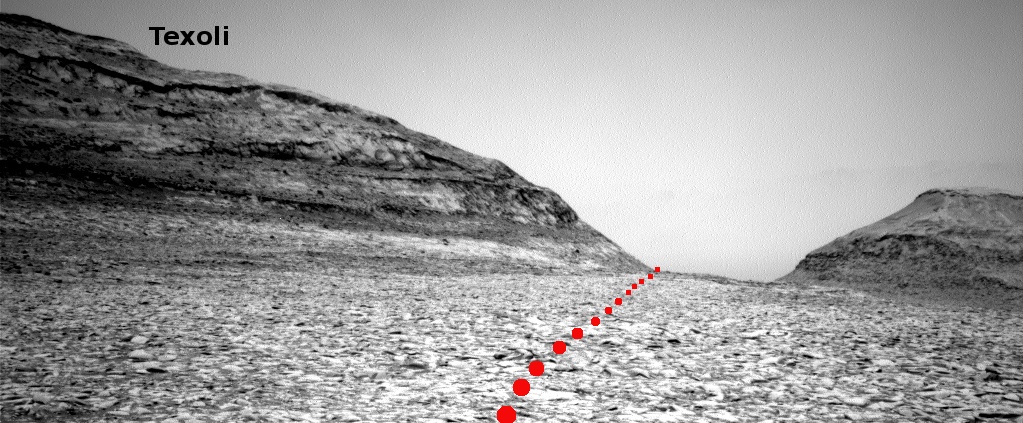SpaceX Starship/Superheavy test flight achieves 100% of its goals

Superheavy after its flight, safely captured at Boca Chica
In SpaceX’s fifth orbital test flight of its Starship/Superheavy rocket, the company astonishingly achieved 100% of its goals, with Superheavy successfully returning to the launch tower and caught by the tower chopsticks on the very first attempt, and Starship successfully completing a soft splashdown in the Indian Ocean, hitting its target landing spot for the first time.
The full video of the live stream is embedded below.
The capture of Superheavy, as shown in the screen capture to the right, was especially incredible. The first attempts to vertically soft land the first stage of the Falcon 9 back in the mid-2010s were not unprecedented, the concept of which had previously been demonstrated by numerous tests on Earth as well as the Apollo landings. The tower chopstick capture of Superheavy was an entirely new concept and had never even been tested previously, anywhere, by anyone. To hit the mark and succeed on the first attempt is mind-boggling. The reaction of the SpaceX employees illustrated this, as they were overwhelmed by their own success.
As for Starship, like the fourth test flight there was some burn through damage seen on at least one of the control flaps, but much less this time. Moreover, the spacecraft was under full control during its entire flight, followed its planned flight plan, and landed on its target in the Indian Ocean.
With that success, I predict SpaceX will do a full orbit of Starship on the next test flight, #6, and attempt to land Starship vertically on land, possibly at Boca Chica or elsewhere. To do this will of course require government approvals, something that will likely slow things down again while accomplishing nothing, because in the end the bureaucrats will have to say yes anyway.
The leaders in the 2024 launch race:
97 SpaceX
45 China
11 Russia
11 Rocket Lab
American private enterprise still leads the rest of the world combined in successful launches 114 to 68, while SpaceX by itself now leads the entire world, including American companies, 97 to 85.
» Read more











